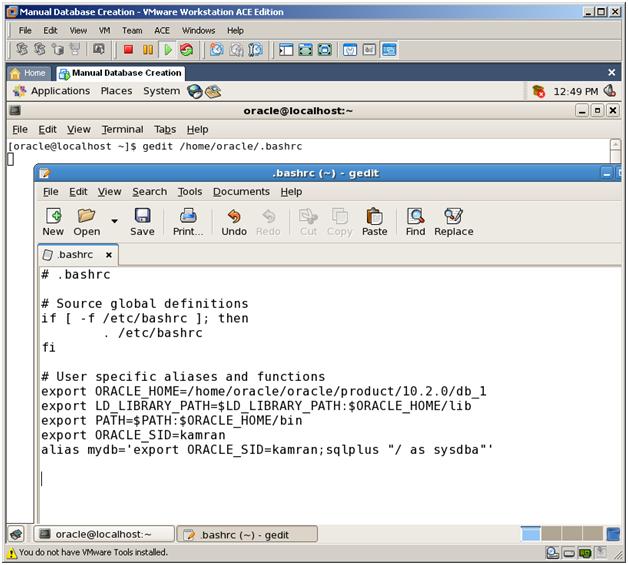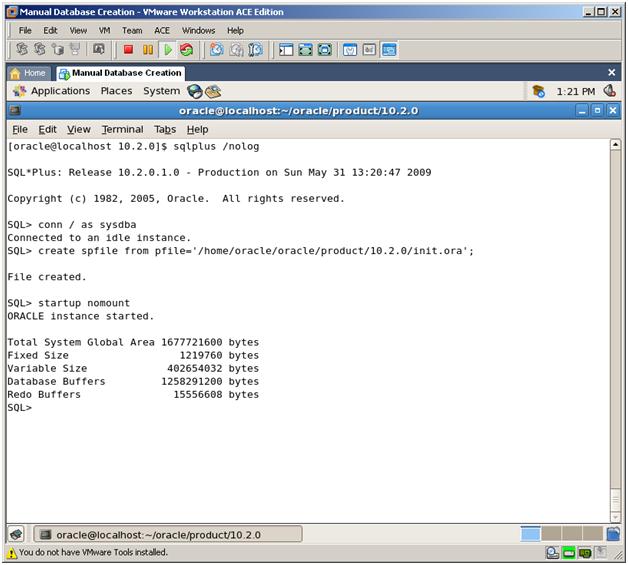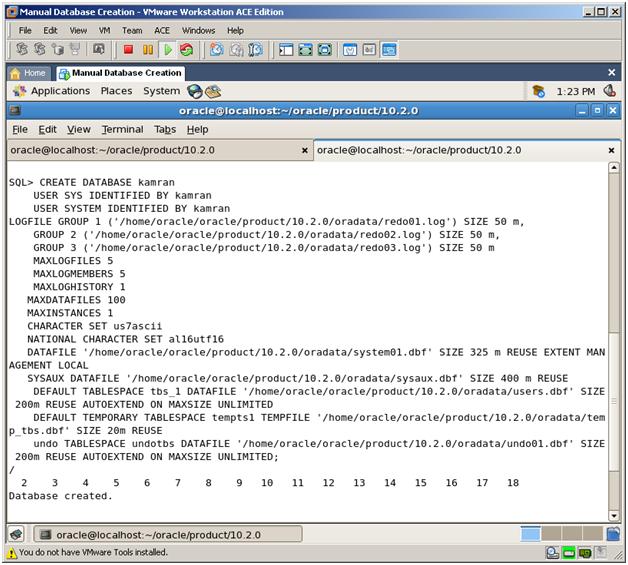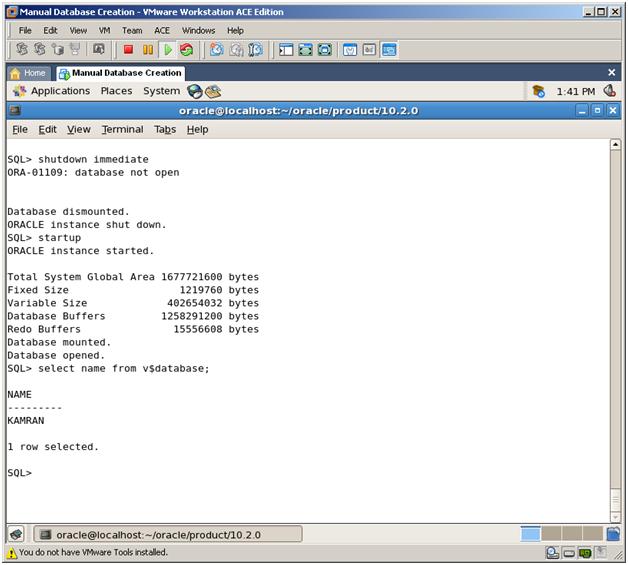set pages 1000
set lines 140
SELECT s.sid, s.serial#, s.username, s.program,
i.block_changes
FROM v$session s, v$sess_io i
WHERE s.sid = i.sid
ORDER BY 5 desc, 1, 2, 3, 4;
=====================
To find sessions generating lots of redo, you can use either of the following methods. Both methods examine the amount of undo generated. When a transaction generates undo, it will automatically generate redo as well.
The methods are:
1) Query V$SESS_IO. This view contains the column BLOCK_CHANGES which indicates how much blocks have been changed by the session. High values indicate a session generating lots of redo.
The query you can use is:
1
2
3
4
5
|
SQL> SELECT s.sid, s.serial#, s.username, s.program,
2 i.block_changes
3 FROM v$session s, v$sess_io i
4 WHERE s.sid = i.sid
5 ORDER BY 5 desc, 1, 2, 3, 4;
|
Run the query multiple times and examine the delta between each occurrence of BLOCK_CHANGES. Large deltas indicate high redo generation by the session.
2) Query V$TRANSACTION. This view contains information about the amount of undo blocks and undo records accessed by the transaction (as found in the USED_UBLK and USED_UREC columns).
The query you can use is:
1
2
3
4
5
|
SQL> SELECT s.sid, s.serial#, s.username, s.program,
2 t.used_ublk, t.used_urec
3 FROM v$session s, v$transaction t
4 WHERE s.taddr = t.addr
5 ORDER BY 5 desc, 6 desc, 1, 2, 3, 4;
|
Run the query multiple times and examine the delta between each occurrence of USED_UBLK and USED_UREC. Large deltas indicate high redo generation by the session.
You use the first query when you need to check for programs generating lots of redo when these programs activate more than one transaction. The latter query can be used to find out which particular transactions are generating redo.




